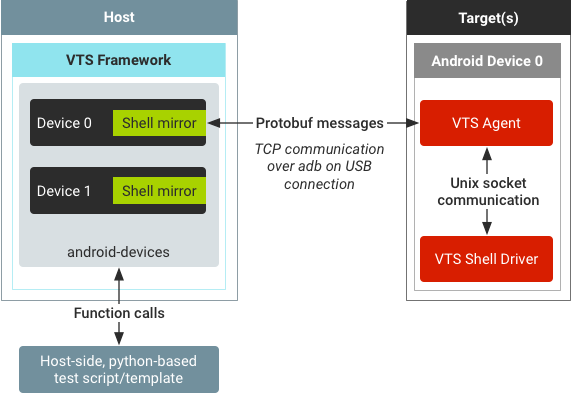

- #Adb shell list directory contents how to#
- #Adb shell list directory contents update#
- #Adb shell list directory contents android#
You can then use pm uninstall -k -user 0 or pm uninstall -user 0 followed by the Android app package name as shown below. To be able to execute it, you must issue ‘ adb shell‘ command first. Using this, you can easily uninstall the unwanted system apps. This is really a very useful ADB Shell command. This command activates the remote shell command console on the connected Android smartphone or tablet. In this ADB shell commands cheat sheet, I’ll try to explain the function of all commands in simple language.
#Adb shell list directory contents how to#
Warning: Don’t use the commands mentioned on this page unless you know how to use them and have some prior knowledge or experience. Now you can use Web ADB in a web browser window to run ADB commands on an Android device or computer without installing ADB and Fastboot tools and USB drivers.įinally, without any further ado, let’s proceed with our list of ADB Shell commands. Please note that there are three prerequisites before you can make use of ADB, Fastboot, and ADB shell commands. They can be used to change the resolution of your device display, uninstall bloatware or system apps, enable and disable features, modify the system files, and change their configuration directly using commands from your computer.Īctually, there are more tasks you can perform using these commands, and below we’ll check them all with examples.

ADB Shell commands, however, work on a much deeper level.
#Adb shell list directory contents update#
Using ADB commands, you can reboot your device, push and pull files, create a backup and restore it, sideload an update zip package, or an APK. Thus ADB shell commands let you control your Android device. As soon as you execute an ‘adb shell’ command on the command terminal, it sends a signal to your Android device and triggers the remote shell command console. which manages communication between the client and the daemon.ĪDB Shell commands provide access to a Unix Shell that runs a command directly on your Android device. Server: It runs in the background and works as a bridge between the Client and the Daemon and manages the communication.It’s responsible for running commands on a connected emulator or Android device. Daemon: Or, ADBD is a background process that runs on both the connected devices.Client: It’s is very computer on which you use a command-line terminal to issue an ADB command. $ grep BUS_ /usr /include /linux /input. $ cat /sys /devices /virtual /misc /uhid /input14 /id /version

$ cat /sys /devices /virtual /misc /uhid /input14 /id /product $ cat /sys /devices /virtual /misc /uhid /input14 /id /vendor $ cat /sys /devices /virtual /misc /uhid /input14 /id /bustype $ cat /sys /devices /virtual /misc /uhid /input14 /name It contains files that give us the same information as the dmesg sys/devices/virtual/misc/uhid/input14/. The path given in dmesg is relative to /sys 0005 Device type 2836 Vendor ID 0001 Product ID īut you don't always want to watch dmesg. input: OUYA Game Controller as /devices/virtual/misc/uhid/input14 This does not only work for USB but also for Bluetooth devices.ĭmesg on the Android phone will contain lines like that system/usr/keylayout/Vendor_XXXX_Product_XXXX.kl. You need to know the (USB) vendor and product ID to place your


 0 kommentar(er)
0 kommentar(er)
